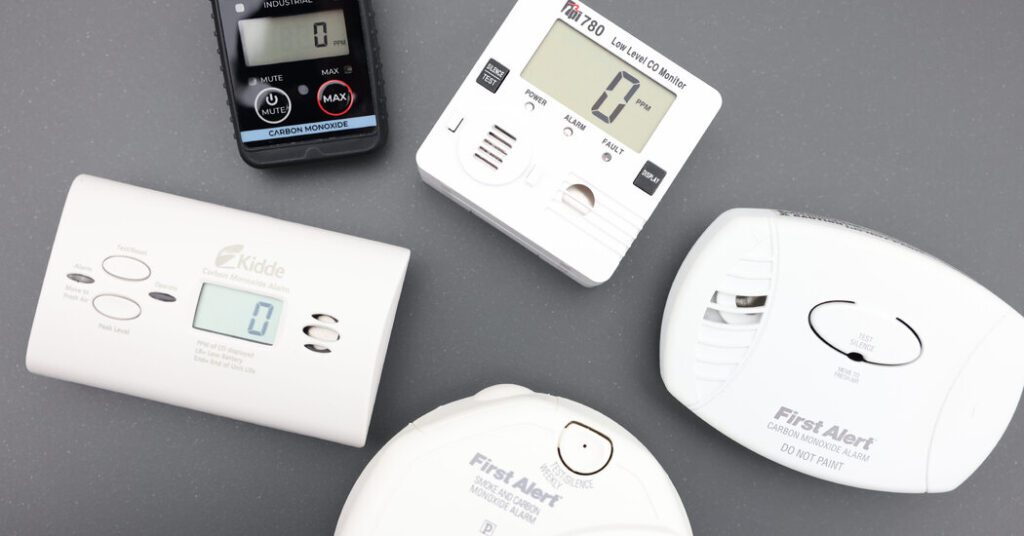The Dangers of Carbon Monoxide: Safety Guidelines and Preventive Measures
Understanding Carbon Monoxide and Its Risks
Carbon monoxide (CO) is a colorless, odorless gas that poses significant health risks, particularly in enclosed spaces. It can silently infiltrate homes, often emerging from malfunctioning generators or vehicles left running indoors. Tragically, incidents of carbon monoxide poisoning result in fatalities, highlighting the gas as a leading cause of poisoning-related deaths in the United States.
Recently, the tragic death of Miller Gardner, the 14-year-old son of former Yankees player Brett Gardner, underscored these dangers. He succumbed to carbon monoxide poisoning while on vacation in Costa Rica, likely due to machinery emissions near their resort room.
Why is Carbon Monoxide So Dangerous?
Inhaling carbon monoxide can disrupt the normal function of the body by binding to hemoglobin in red blood cells, which is responsible for oxygen transport. Dr. Jason Rose, a chief specialist in pulmonary and critical care medicine, explains that this process repositions oxygen, preventing vital tissues and organs from receiving the necessary oxygen to operate effectively.
In addition to oxygen deprivation, carbon monoxide exposure can cause inflammation and damage to essential organs, such as the heart and brain. Dr. Anthony Pizon from the University of Pittsburgh Medical Center notes that he regularly treats patients for carbon monoxide poisoning, which can lead to severe consequences, including unconsciousness and respiratory failure.
Symptoms can mimic those of common illnesses like the flu, making detection difficult. Initial signs of exposure may include:
- Headache
- Fatigue
- Nausea
- Vomiting
Vulnerable groups include children, pregnant women, the elderly, and individuals with chronic health issues or preexisting respiratory conditions.
Safety Precautions to Reduce Exposure at Home
Immediate action is crucial if carbon monoxide exposure is suspected. Dr. Pizon recommends seeking fresh air and calling emergency services if symptoms manifest. The fire department can assess your home for sources of CO.
Medical professionals will treat carbon monoxide poisoning primarily through the administration of pure oxygen, aiding in the elimination of CO from the bloodstream.
To minimize risks at home, consider the following precautions:
- Ensure proper ventilation for all fuel-burning appliances, such as stoves, furnaces, and gas-powered generators.
- Do not run vehicles in enclosed spaces, such as garages, where carbon monoxide can accumulate.
- Install carbon monoxide detectors on every floor of your home and replace batteries annually.
- For travel, portable carbon monoxide detectors can provide additional safety in temporary accommodations.
Seasonal Trends in Carbon Monoxide Incidents
The Centers for Disease Control and Prevention (CDC) reports that over 400 fatalities occur annually in the U.S. due to unintentional carbon monoxide poisoning, particularly during winter when power outages lead to increased generator use.
Notable incidents include numerous cases in Houston during a severe winter storm in 2021, resulting in fatalities, as well as more recent tragic events tied to faulty appliances in rental units abroad.
A particularly grave incident involved 12 individuals found deceased in the Caucasus Mountains in Georgia, attributed to carbon monoxide emissions from a generator left inside a closed location following a power outage.


